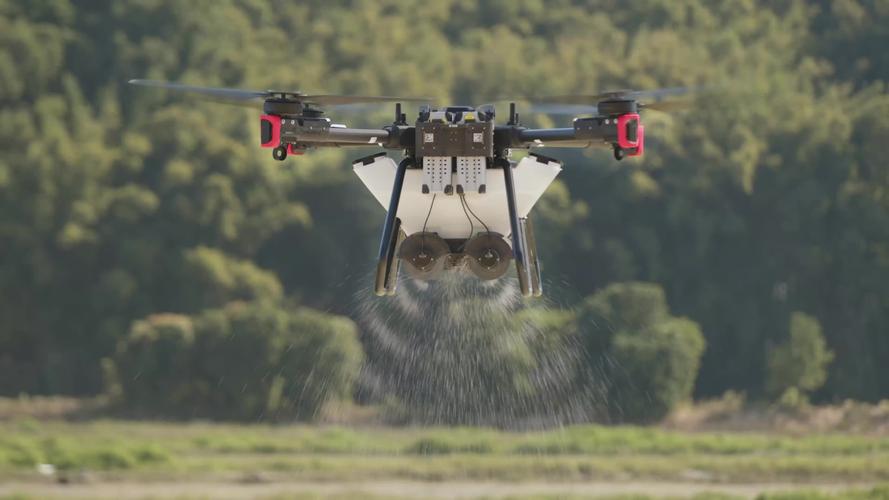Pu’er has the largest contiguous ancient tea garden in the world. Mojiang County, one of the nine counties and one district in Pu’er, is known as the place where the sun turns. Mojiang, located in the hinterland of the Ailao Mountain system, has six ancient tea mountains: the Mi Di Gongcha Ancient Tea Mountain, the Xu Li Gongcha Ancient Tea Mountain, the Tong Guan Ancient Tea Mountain, the Ba Liu Ancient Tea Mountain, the Jing Xing Haomen Ancient Tea Mountain, and the Tuan Tian Ancient Tea Mountain. In history, the Mojiang River was once named “Tarang”. According to historical records, in the 60th year of the Qianlong reign of the Qing Dynasty (1795), the Xuli tribute tea (which must be the “Waque Mouth” with one bud and two leaves produced on the Xuli Mountain in Bixi) of the Mojiang River was designated as the tribute tea of the Pu’er Prefecture. Along with Xuli Gong Tea, there is also Mi Di Tea from Mi Di Gu Cha Mountain, which is designated as Gong Tea. We don’t know how many years have passed since the cultivation of tea trees, the maturity of processing techniques, and the promotion to tribute tea. However, from the ancient tea gardens left behind and the 500 to 600 year old cultivation of large tea trees, it can be seen that in Mojiang, the history of planting Pu’er tea has been at least for thousands of years.
Bixi is a place where Xuli Gong tea is produced. Bixi Ancient Town is located in the northern part of Lianzhu Town, Mojiang County. According to the “Yunnan Tongzhi”, in the fourth year of the Yongle reign of the Ming Dynasty (1406), when Gongshun Prefecture was established, the court established Gongshun Prefecture and built a city in the Bixi area. Bixi became the economic and cultural center of the Mojiang area at that time. Gongshun Prefecture was established in the small town of Bixi for a total of 127 years, and later moved to Tarangzhai, which is now the county seat of Mojiang. Since the Ming and Qing dynasties, Bixi Ancient Town has become an important post station on the Tea Horse Ancient Road. This front line is the international channel and economic lifeline of the ancient southwestern region of China, and has important value and significance in China’s foreign trade, cultural exchange, and dissemination.
Bixi Ancient Town has been bustling with merchants since ancient times, and many traditional specialty foods are praised by people. For example, Bixi tofu, rice noodle bait, etc. There are still businesses that specialize in making tofu, some of which have a history of several hundred years. The urban area of Guzhen covers an area of 10.37 hectares and was founded in the Ming Dynasty. Today, the ancient town of Bixi still retains its old appearance and charm, with walls built around it, divided into four gates: east, west, south, and north. There are two main streets paved with blue stone slabs that run through the city from east to west and from north to south, forming a cross shaped structure. According to statistics, there are a total of 94 courtyards in the core protected area of the ancient town architectural complex, ranking among the 60 tourist towns in Yunnan.
Having good tea that even the emperor covets is closely related to the geographical location and natural environment of the Mojiang River. Due to the Tropic of Cancer passing through the city, the Arabian Desert in West Asia, the Sahara Desert in North Africa, or the Mexican Plateau in North America are all desolate. But Mojiang is completely different. The average annual sunshine in the county is 2161.2 hours, with an average temperature of 17.8 degrees Celsius and an average annual precipitation of 1338 millimeters. The altitude ranges from 1000 to 2000 meters, with half in the northern temperate zone and half in the subtropical zone. The Mojiang River is mountainous, and a few high and cold mountainous areas also have cold zone characteristics, with obvious three-dimensional climate characteristics. Adequate rainfall and sunlight, suitable temperature, clean air, abundant animal and plant resources, and the Hani ancestors who believed in the spirit of all things, together with the ancient tea trees growing here, formed a unique Mojiang ancient tea tree resource with the most primitive way of life.
Under the nourishment of thousands of tributaries and streams in the three and five rivers of the Mojiang River, the tea resources in the Mojiang River are abundant. The county has a tea garden area of 230000 acres, including 50000 acres of ancient tea gardens and 180500 acres of ecological tea gardens. The most famous ones are “Mi Di”, “Xu Li Gong Tea”, “Phoenix Nest”, and so on. There is still a beautiful legend circulating about “Phoenix Nest” to this day. Daliangzi Mountain in Jingxing Town is called Phoenix Mountain because of its lush vegetation and good geomancy. There is a wutong tree growing on the mountain. The most famous tea on Phoenix Mountain is Phoenix Nest.







Please sign in to comment
register